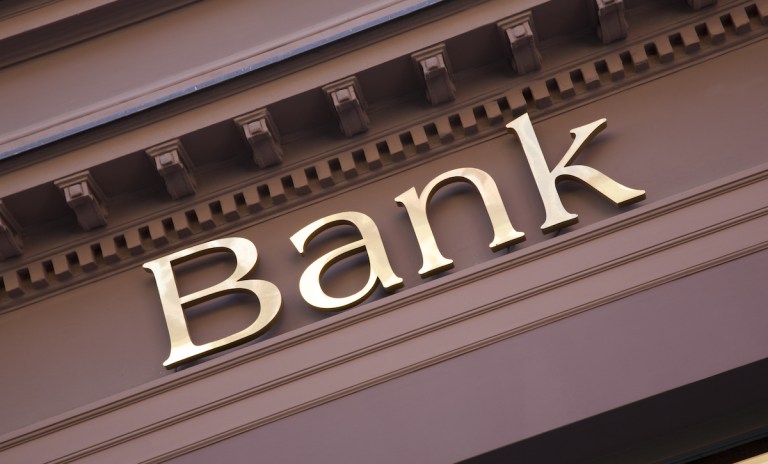
Big banks have been revisiting their branching strategies — branching (slight pun intended) into new markets, covering parts of the country thus far underserved by physical banking locations.
In doing so, they can gain ground with the coveted younger generations, particularly Generation Z, which promises to deliver decades of loyalty to the right financial services providers.
The wave of mergers and acquisitions among credit unions (in some cases buying up smaller banks) has hit a new record, as reported by S&P, so the smaller players are becoming a bit bigger and bolder. They’re also competing for the deposits and cards of younger consumers.
Credit unions, and even retailers, can offer the bigger financial institutions some lessons on how to get Gen Zers on board — and into the branches.
Earlier this year, the Federal Reserve identified “banking deserts” that have emerged across the United States, impacting 12 million individuals. The deserts are described as locations where banks are outside a certain radius: two miles for urban communities; five miles for suburban communities; and 10 miles for rural communities.
“Overall, the number of bank branches declined by 5.6% from 2019 to 2023,” the Fed noted in an online posting describing the deserts.
Overall, banks have added several dozen branches into 2024. It’s not a staggering number, but it’s a reversal of years of declines seen since the financial crisis.
Against that backdrop, banks such as J.P. Morgan are boosting branch counts. The company has set a target to open 500 new branches over the next three years (and renovate 1,700 existing locations). According to the company’s most recent earnings report, there were 4,884 branches at the end of the second quarter of 2024.
Bank of America CEO Brian Moynihan said during the company’s first-quarter earnings call that annual tech and other investments, ballooning from $3 billion to $3.8 billion, include investing in branches, which would enhance its roughly 3,800 branch roster.
For the banks building out their operations, the landscape of what they need to offer and who they are catering to needs to change. Gen Z makes up about 20% of the United States population, and the older part of that demographic, in their mid-20s, represents a prime target for banks. These consumers have spending power, as evidenced in American Express earnings results that have consistently pointed to Gen Z (and millennials) as key users of its credit cards, where spending was up double digits.
But there’s a fickleness here. The PYMNTS Intelligence report “Growing Credit Union Membership via Lending and Omnichannel Banking Innovation” found that 42% of Gen Zers who bank with credit unions have changed their banking relationship over the last 12 months, as have 44% of Gen Zers who bank with traditional financial institutions. Fewer than 5% of these bank switchers came from FinTechs or neobanks, which indicates a bit of ping-ponging between the traditional players in the industry.
The average Gen Z consumer has used 10 products and features in the past year and would use another 18 if offered, which should indicate to banks that they have ample opportunity to cross-sell.
The PYMNTS Intelligence report “Local Roots: How Community FIs Can Win the Digital-First Generation” found that Gen Zers said they would rather get services like buy now, pay later (BNPL) and financial advice from their banks and credit unions (and advice can be rendered on-site). Thirty-one percent of Gen Z customers said they would shift loyalties in the event that they do not get peer-to-peer (P2P), BNPL or other relevant offerings in general.
As the bigger players come into local communities, they’ll need to offer a continuum of online and digital-first services that cater to those preferences — a retail-like experience that can use the in-branch experience for tailored cross-pollination.
Over the next few years, the physical footprint may increase in many communities, and big banks have an opportunity to turn that footprint into a foundation for success with younger consumers.